Forget what you think you know about video editing.
If your mind conjures up an image of a lone artist in a dark room, surrounded by giant machines, painstakingly splicing film for a Hollywood blockbuster—it’s time for a system update. That world, while still existing, is now just a tiny corner of a massive, exploding universe.
Today, video editing is less of a niche technical skill and more of a fundamental literacy. It’s the language of the internet, the engine of modern marketing, and the heartbeat of personal connection. In an age where more video content is uploaded in an hour than you could watch in a lifetime, the people who can shape that chaos into a compelling story hold the ultimate power.
This isn’t just a career path; it’s your ticket to becoming an essential player in the digital economy.
The Old Myth is Dead: Welcome to the Editor’s New Kingdom
The barrier to entry has crumbled. Multi-million dollar studios have been replaced by a powerful laptop. The gatekeepers are gone. The demand? It’s literally everywhere.
Every Reel you scroll past, every TikTok that makes you laugh, every YouTube documentary you get lost in, every slick product ad that pops up in your feed—they are all the product of an editor’s craft. They are proof that storytelling isn’t confined to a 90-minute movie anymore. Sometimes the most impactful stories are told in 15 seconds.
This is the new kingdom, and it’s looking for its architects.
Beyond the Timeline: 3 Hidden Arenas Where Editors Thrive
The real opportunity isn’t just in “becoming a YouTuber’s editor” (though that’s a booming field). The most stable and lucrative careers are often in sectors you haven’t even considered.
1. The Attention Architect (Social Media & Corporate Marketing) This is the front line of the digital world. Brands, big and small, are desperate for editors who understand the native language of each platform. They need someone who knows why a jump-cut works on TikTok but not on LinkedIn. You’re not just cutting clips; you’re engineering attention. You’re crafting the first three seconds that stop the scroll, the visual punch that drives a sale, and the emotional beat that builds a loyal community. It’s a high-stakes, fast-paced world where your creativity has a measurable impact.
2. The Reality Shaper (Educational & Corporate Content) Think corporate content is boring? Think again. The world has shifted to remote work and online learning. How do you train a global sales team? Through an engaging video series. How do you explain a complex medical procedure to patients? Through a clear, animated tutorial. These “boring” sectors have massive budgets and a desperate need for editors who can turn dry information into digestible, memorable, and even entertaining content. You’re not just an editor; you’re a teacher and a communicator, shaping how people learn and work.
3. The Narrative Alchemist (The Creator Economy & Documentaries) This is where raw life becomes a story. From a solo traveler’s vlogs to a small business owner’s journey, creators are sitting on mountains of footage. They have the experience, but they need an alchemist to turn that raw material into narrative gold. This role is intensely creative. You find the story within the noise, you set the pace, you choose the music that makes the heart swell, and you build the emotional arc that connects a creator with their audience on a deep level. You are the silent co-author of their success.
Your Toolkit for 2025: It’s More Than Just Software
So, how do you start? The tools are more accessible than ever.
- The Software: The industry standard trio remains Adobe Premiere Pro, Apple Final Cut Pro, and the increasingly dominant DaVinci Resolve. Here’s the secret: DaVinci Resolve has a free version that is astoundingly powerful. You can learn professional-level editing, color grading, and audio mixing today without spending a dime. The tool isn’t the barrier.
- The Real Skills: Knowing which button to press is easy. The magic lies in the why.
- Pacing & Rhythm: Understanding when to hold a shot and when to make a quick cut is the invisible art that separates amateurs from pros.
- Storytelling: Every video, even a 10-second ad, tells a story. Learn the basics of a three-act structure (setup, confrontation, resolution).
- Sound Design: Good audio is 50% of a good video. Learn to mix music, sound effects, and dialogue to create a mood. It’s the most underrated part of the craft.
Your First Cut is Your First Step
The world doesn’t need more people who “want to be” video editors. It needs people who are doing it.
Stop waiting for permission. Stop waiting for the perfect camera or the most powerful computer. Download DaVinci Resolve right now. Go to a free stock footage site like Pexels or Pixabay. Grab a handful of clips.
Drag them into the timeline. Make a cut. Then make another.
That single action—that decisive, creative choice—is the beginning. You’re no longer just a consumer of content; you’re a creator, a storyteller, a shaper of digital reality. Your superpower is waiting. All you have to do is make the first cut.
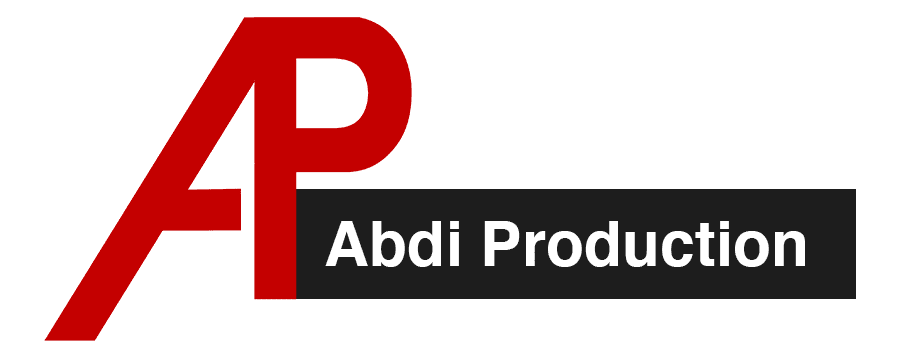
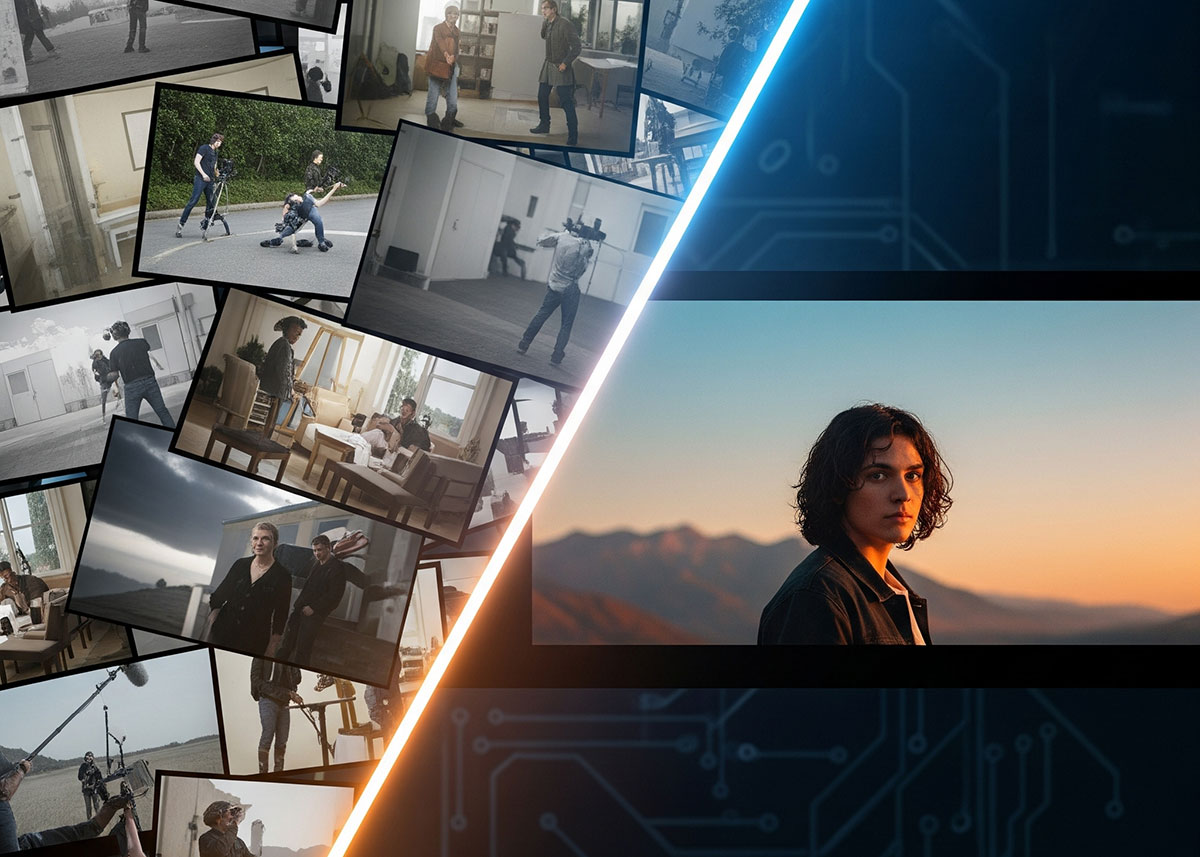
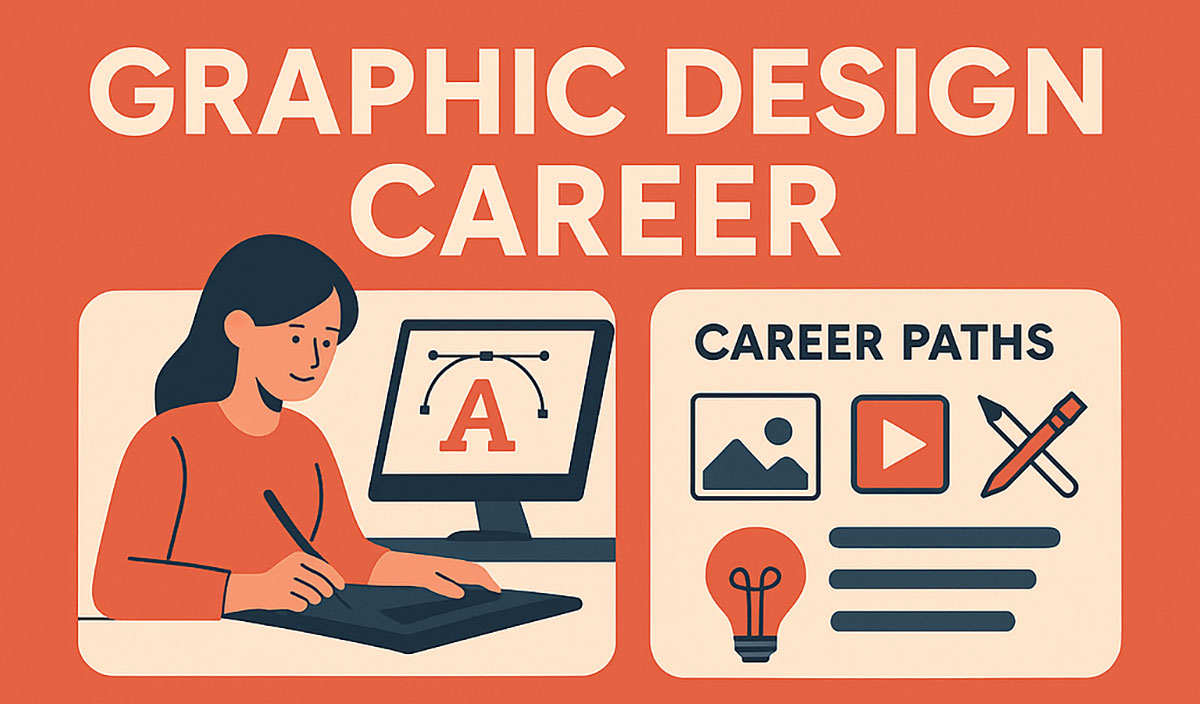
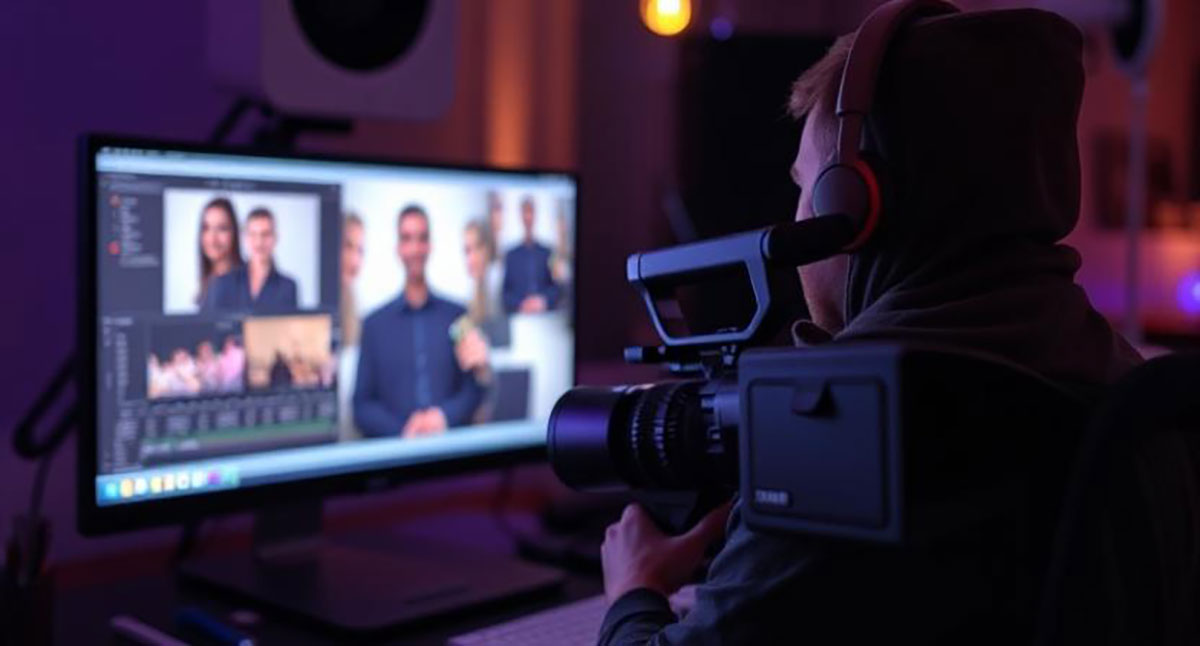
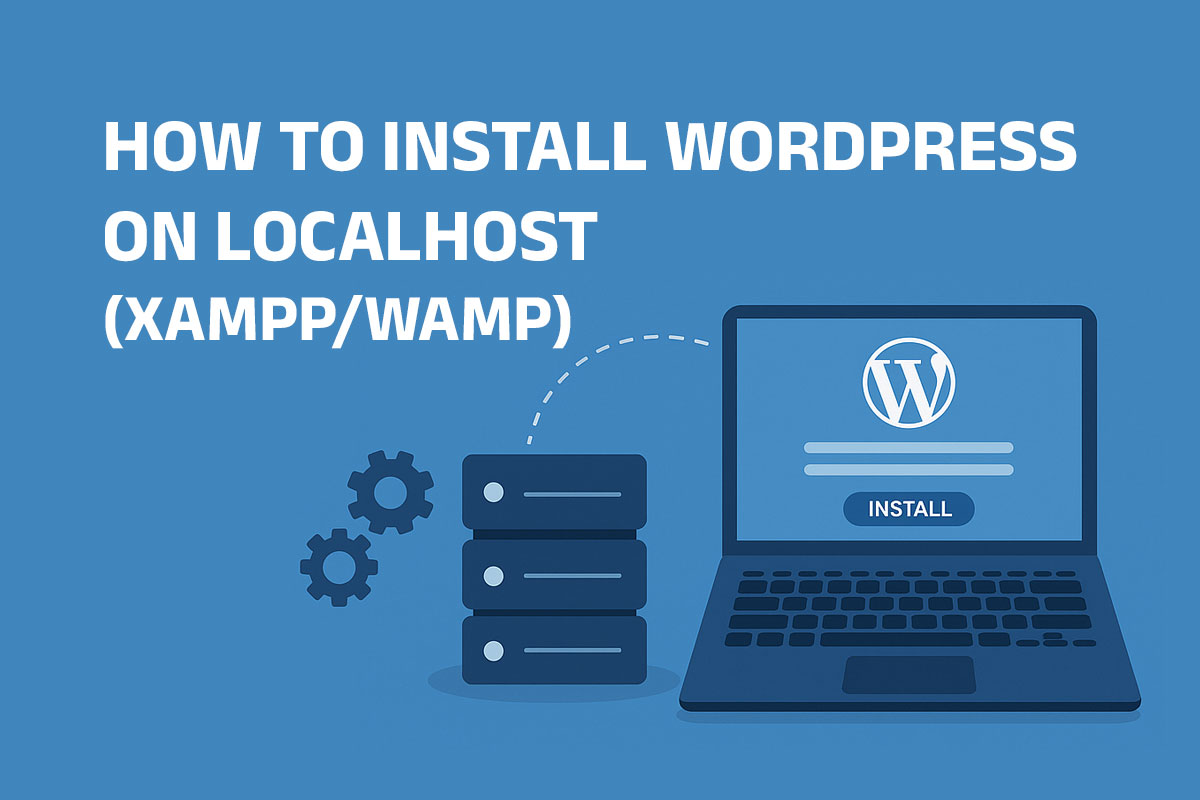

Abdi Production